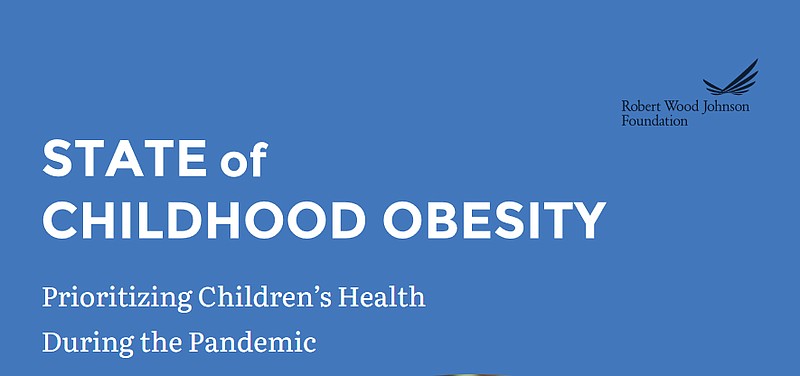A recent report shows childhood obesity in Missouri is worsening, and the state has a higher rate of obesity among adolescents than the national average.
The Robert Wood Johnson Foundation has for the second time released a report on childhood obesity. "State of Childhood Obesity: Prioritizing Children's Health During the Pandemic" looks at national and state data on childhood obesity and offers policy recommendations to help overcome challenges to preventing childhood obesity.
This year's report shows among Missouri children ages 10-17, 16.3 percent are obese. The national average is 15.5 percent, according to the report.
Only two years ago, the foundation reported only 12.7 percent of Missouri children in that age group were obese.
Data comes from the 2018-19 National Survey of Children's Health and from analysis performed by the Health Resources and services Administration's Maternal and Child Health Bureau.
"Results from several major surveys confirm that childhood obesity continues to be a national public health crisis, putting millions of children at greater risk for type 2 diabetes, high blood pressure and other serious conditions," according to the report. "Black and Latin youth have disproportionately higher obesity rates compared with white children."
The report pulled from data (for 2018-19) released earlier this month, showing disparities between racial and ethnic groups.
While the national obesity rate was 15.5 percent, among Black children the rate was 22.9 percent; among Hispanic children, 20.7 percent; among white children, 11.7 percent; among Asian American children, 5.9 percent; among Native American children, 28.5 percent; and among Pacific islanders, 39.8 percent. Previous data were not available for Native Americans and Pacific islanders, but all other groups showed declines year-over-year, except Black children, whose rate grew from 22 percent.
"There are also disparities by income level," according to the report. "21.5 percent of youth in households making less than the federal poverty level had obesity - more than double the 8.8 percent of youth in households making at least 400 percent of the poverty level."
Kentucky (23.8 percent), Mississippi (22.3 percent), South Carolina (22.1 percent), Tennessee (20.4 percent) and Arkansas (20.2 percent) had obesity rates that were "significantly" higher than the national rate, according to the report.
Neighboring states Kansas (10.6 percent) and Nebraska (11.5 percent) were among eight states whose rates were "significantly" lower than the national rate.
Jamie Bussel, a senior program officer for the foundation, leads its efforts to prevent childhood obesity.
"Childhood obesity remains an epidemic in this country," Bussel said. "The COVID-19 pandemic and ongoing economic recession have worsened many of the broader factors we know contribute to obesity, including poverty and health disparities."
The pandemic has struck families of color especially hard, Bussel said.
Pandemic relief legislation has affected nutrition policies, according to the report, and further changes are needed to support health and prevent childhood obesity.
Additional funding the U.S. Department of Agriculture and Congress have approved supporting additional Supplemental Nutrition Assistance Program, also known as food stamps, to allow at least 15 percent more in benefits for the duration of the pandemic, the report suggests. It points out that in the first month of the pandemic, enrollment in the program surged by about 6 million users.
Waivers making it simpler for recipients of the Supplemental Nutrition Program for Women, Infants and Children have allowed recipients to more easily receive support. Those waivers should remain in place.
School meal programs received flexibility to serve meals outside the school setting during the pandemic.
"The USDA should support states that use existing waivers to serve free meals to all students through the 2020-21 school year, as recently authorized by Congress," according to the report.


